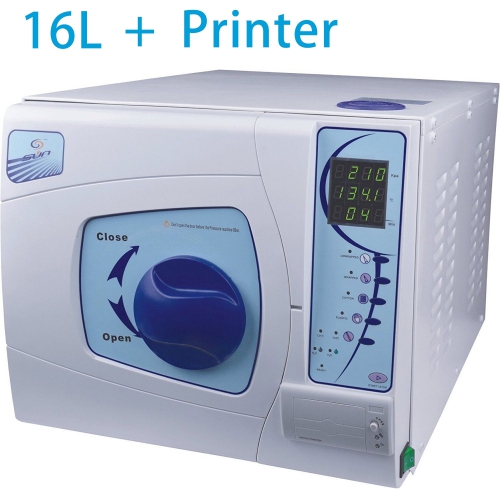Packaging cleaned dental equipment prior to placing them in the sterilizer is a standard of care that protects instruments and maintains their sterility until they are ready for use on a patient. Unprotected instruments may be re-contaminated with dust and spatter or by coming into contact with any number of non-sterile surfaces during transport, storage, tray set-up, and operatory set-up.
Maintain sterilized instruments in the pouches or wrapping in which they were sterilized. If the packaging becomes torn or wet, the items must be repackaged and heat sterilized. Avoid mingling non-sterile packages with sterile ones. There should be a visible indicator, such as chemical indicators or color-change autoclave tape on the outside of each package to allow staff to easily discern sterilized instrument packages from those that have not yet been heat-processed.
Dental tools can’t be thrown away, such as dental drills, are generally put through a very intensive dental sterilization process. First they are usually vigorously scrubbed by hand. This is usually done with hot water and detergent, and it helps remove any large particles, such as plaque. They may also be placed in a vibrating tray filled with cleaning solution, which can help remove very small particles.
Sterilization by autoclave sterilizer is a necessary part of the maintenance of your dental handpiece. This process also puts your handpiece under the most stress with wear and tear. Maximum temperatures in your autoclave shouldn’t reach more than 140 degrees Fahrenheit. This can help to preserve your handpiece just a bit longer in between the need for service.
Since many germs can be transferred simply by touching contaminated surfaces, dentists and dental assistants are typically very fastidious about disinfecting the surfaces in their offices and treatment rooms. Solid surfaces, such as counters and sinks, are generally wiped down with antibacterial spray. Dental chairs are also usually covered with disposable paper covers that are discarded after each patient. Dentists and their assistants also usually wear protective barriers, such as gloves and face masks, to help prevent spreading germs to their patients.
